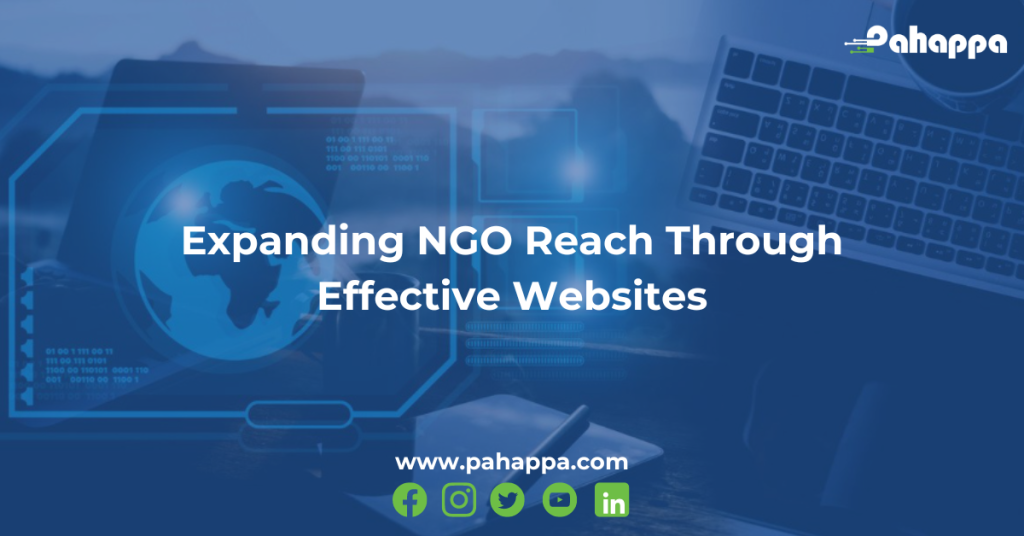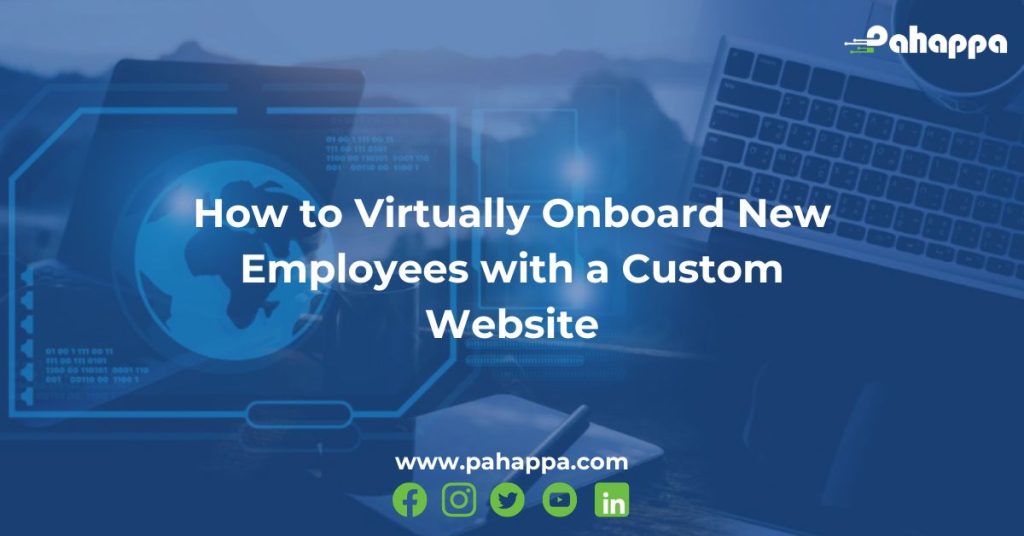Having a strong online presence is crucial for any organization, including NGOs. A well-designed website serves as the cornerstone of this presence, offering numerous benefits that can significantly enhance an NGO’s operations, visibility, and impact. Here’s why your NGO needs a website. We have also included examples using a few familiar NGOs.
1. Visibility and Reach
A website makes your NGO visible to a global audience, breaking geographical barriers. This expanded reach is vital for awareness and advocacy campaigns. For instance, Charity: Water, an NGO focused on providing clean drinking water, uses its website to share impactful stories, project updates, and educational resources. This visibility has helped them attract supporters and donors from around the world, amplifying their impact far beyond their physical location.
2. Credibility and Professionalism
A professional website lends credibility to your NGO. It’s often the first place potential donors, partners, and volunteers will go to learn about your organization. A well-crafted website with detailed information about your mission, projects, team, and impact demonstrates transparency and accountability. For example, Doctors Without Borders uses its website to provide comprehensive information about its operations, financial transparency, and stories from the field, building trust with visitors and supporters.
3. Fundraising and Donations
Online fundraising has become a significant source of revenue for many NGOs. A website provides a platform to accept donations directly and securely. It can feature compelling donation pages, showcase fundraising campaigns, and provide various payment options to make the process easy for donors. Save the Children effectively uses its website to run fundraising campaigns, offer monthly giving options, and share the impact of donations, encouraging more people to contribute.
4. Volunteer Recruitment
Recruiting volunteers is easier with a dedicated section on your website where potential volunteers can learn about opportunities and apply online. This can include volunteer stories, requirements, and an application form. For instance, Habitat for Humanity has a detailed volunteer section on its website, explaining various ways to get involved, the impact of volunteer work, and how to sign up, thus streamlining the recruitment process.
5. Awareness and Education
Your website is a powerful tool for raising awareness about the issues you address and educating the public. It can host a wealth of resources such as articles, reports, videos, and infographics. World Wildlife Fund (WWF) uses its website to educate visitors about wildlife conservation, offering resources, updates on projects, and ways to take action, thus engaging and informing a broad audience.
6. Communication and Engagement
A website serves as a central hub for communication with your audience. You can regularly update it with news, blog posts, and event announcements, keeping your supporters engaged and informed. Greenpeace uses its website to share the latest news about its campaigns, upcoming events, and ways to participate, fostering a sense of community and involvement among supporters.
7. Showcasing Impact
Demonstrating the impact of your work is essential for maintaining and growing support. A website allows you to showcase success stories, case studies, and impact reports. Room to Read, an NGO focused on literacy and gender equality in education, uses its website to share detailed impact reports and stories of change, illustrating the tangible results of their efforts and reinforcing their credibility.
8. Building Partnerships
A website can attract potential partners and collaborators by clearly outlining your mission, values, and the scope of your work. It serves as a platform where like-minded organizations and individuals can learn about partnership opportunities. For example, The Nature Conservancy effectively uses its website to highlight partnership opportunities, ongoing projects, and the benefits of collaborating, thereby fostering new alliances.
9. Event Promotion
Promoting events is easier with a dedicated website. You can create event pages with all the necessary details, registration forms, and payment options if applicable. The Red Cross often uses its website to promote blood drives, fundraising events, and training sessions, making it simple for people to find and register for events.
Conclusion
In conclusion, a website is not just an optional extra for your NGO—it’s a necessity. By investing in a well-designed and regularly updated website, your NGO can significantly amplify its reach and effectiveness, ultimately leading to greater success in achieving your mission. To begin your journey to developing a customized online presence, have a look at some we have created.










